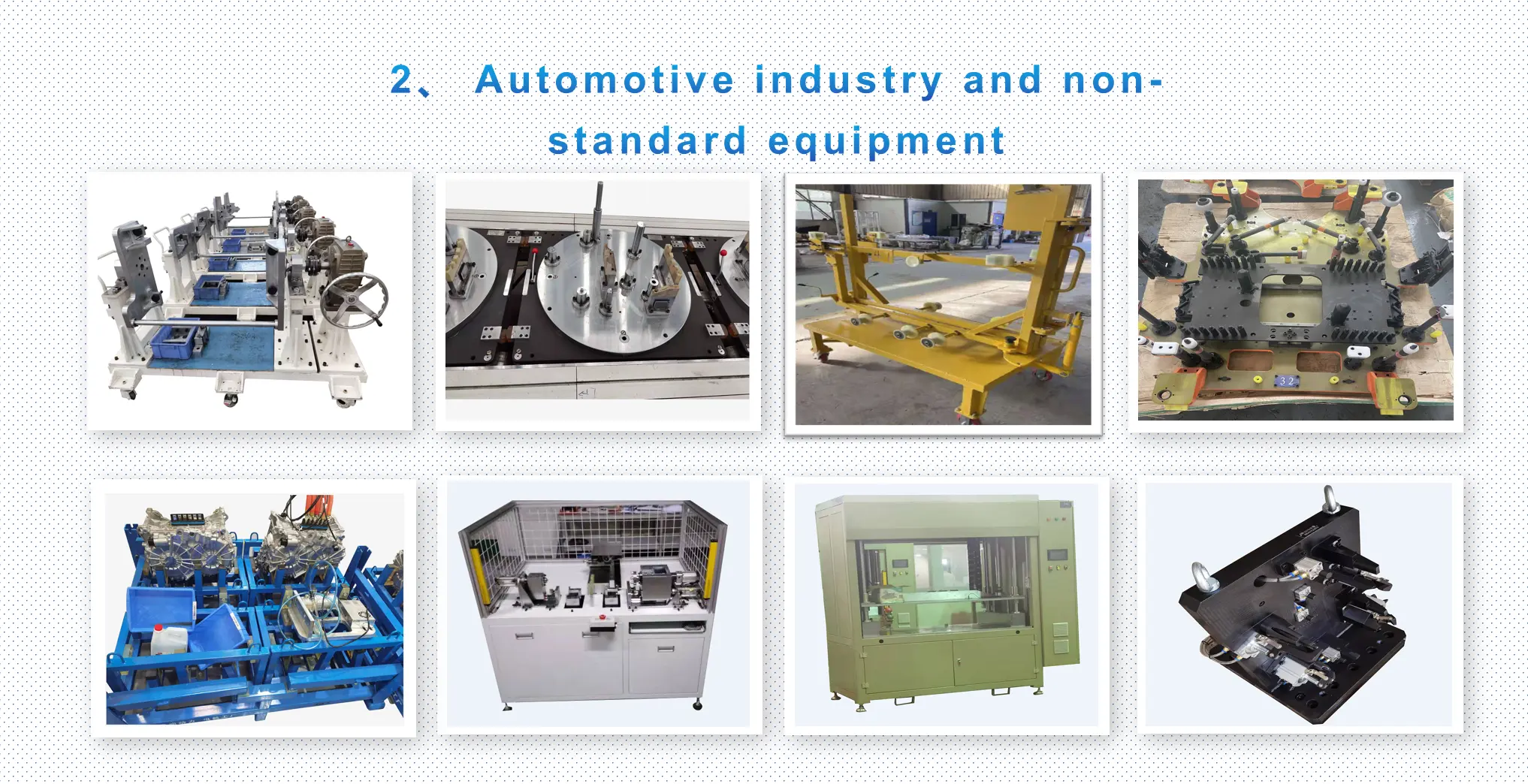Top Trends in Making Automation Technology for 2025

The manufacturing sector is not any stranger to be able to technological advancements, and even as we process 2025, manufacturing robotisation technology stands in the forefront associated with industry transformation. By leveraging artificial cleverness to implementing sustainable practices, these improvements aim to improve productivity, reduce expenses, and deliver accurate outcomes. Here’s the closer look at the top tendencies shaping automating developing in 2025.
Typically the Rise of Unnatural Intelligence in Automating Manufacturing Techniques
Unnatural Intelligence (AI) continues to be a game-changer in automating manufacturing systems. AI-powered systems are increasing production planning, projecting demand, and determining inefficiencies with incredible accuracy. lace wigs human hair mastering algorithms enable predictive maintenance, ensuring of which production lines encounter minimal downtime by simply addressing potential problems before they happen. Additionally, AI-powered good quality control systems evaluate products instantly, lowering errors and spend. By integrating AJAI with existing making automation technology, firms can produce high quality products while achieving significant cost cost savings.
Exploring short human hair wigs and Automatic Gear for Production Traces

Autonomous robots and automatic equipment are usually revolutionizing production traces by reducing reliance on human toil and creating more efficient manufacturing processes. Robots pre-loaded with innovative sensors and AJE systems is capable of doing complex tasks, like set up, welding, and painting, with exceptional precision. Automatic equipment, these kinds of as welding stations and precision machining tools, is furthermore being a staple inside modern factories simply by streamlining operations plus improving output regularity. Shenzhen Yongxinglong Commercial (szyxlgy) highlights the particular role of computerized equipment, which replaces human labor to enhance accuracy in addition to efficiency across sectors like automotive plus aerospace. This mixture of robotics and even automation lays the groundwork for smarter, faster production standards.
How IoT will be Drastically Improving Making Automation Efficiency
The world wide web of Things (IoT) is playing a crucial role in revolutionizing manufacturing software efficiency. IoT-enabled devices and sensors supply real-time data on machine performance, stock levels, and production rates to further improve decision-making. Manufacturers are utilizing IoT to monitor tools health, track source chain logistics, in addition to optimize resource allowance. For example, the production line prepared with IoT-connected devices can automatically reorder materials when stock runs low, ensuring uninterrupted operations. Any time combined with AJAI, IoT becomes even more valuable, enabling predictive analytics for more rapidly response times in addition to better forecasting. The interconnected nature associated with IoT allows suppliers to achieve unlined coordination across their entire production environments.
Sustainable Automation Techniques That Drive Environmental Responsibility
Sustainability has ceased to be an afterthought—it’s a priority for manufacturers throughout the world. Innovative manufacturing motorisation technology now targets reducing energy ingestion, minimizing waste, and even adopting eco-friendly techniques. Robotics and computerized equipment are becoming created to operate a lot more efficiently, reducing carbon footprints while increasing productivity. As an example, businesses like szyxlgy guarantee that their producing processes incorporate exact, sustainable tools while keeping high levels of quality. Manufacturers happen to be also looking at green energy sources in order to power production services and utilizing AI-driven systems to measure and cut lower on resource wastage. These sustainable software practices not just the actual environment although also attract eco-conscious customers, providing companies with a reasonably competitive edge.
The quick rise of manufacturing automation technology is transforming the industry. To prepare regarding 2025, businesses ought to explore integrating AI-driven solutions to enhance productivity, adopt autonomous robots and automatic equipment for soft production, take benefit of IoT regarding better connectivity, and ensure sustainability remains main to their procedures. Start with assessing present production gaps in addition to determining which systems align with the goals. This proactive approach will place you ahead of the curve and enhance your reasonably competitive position.
